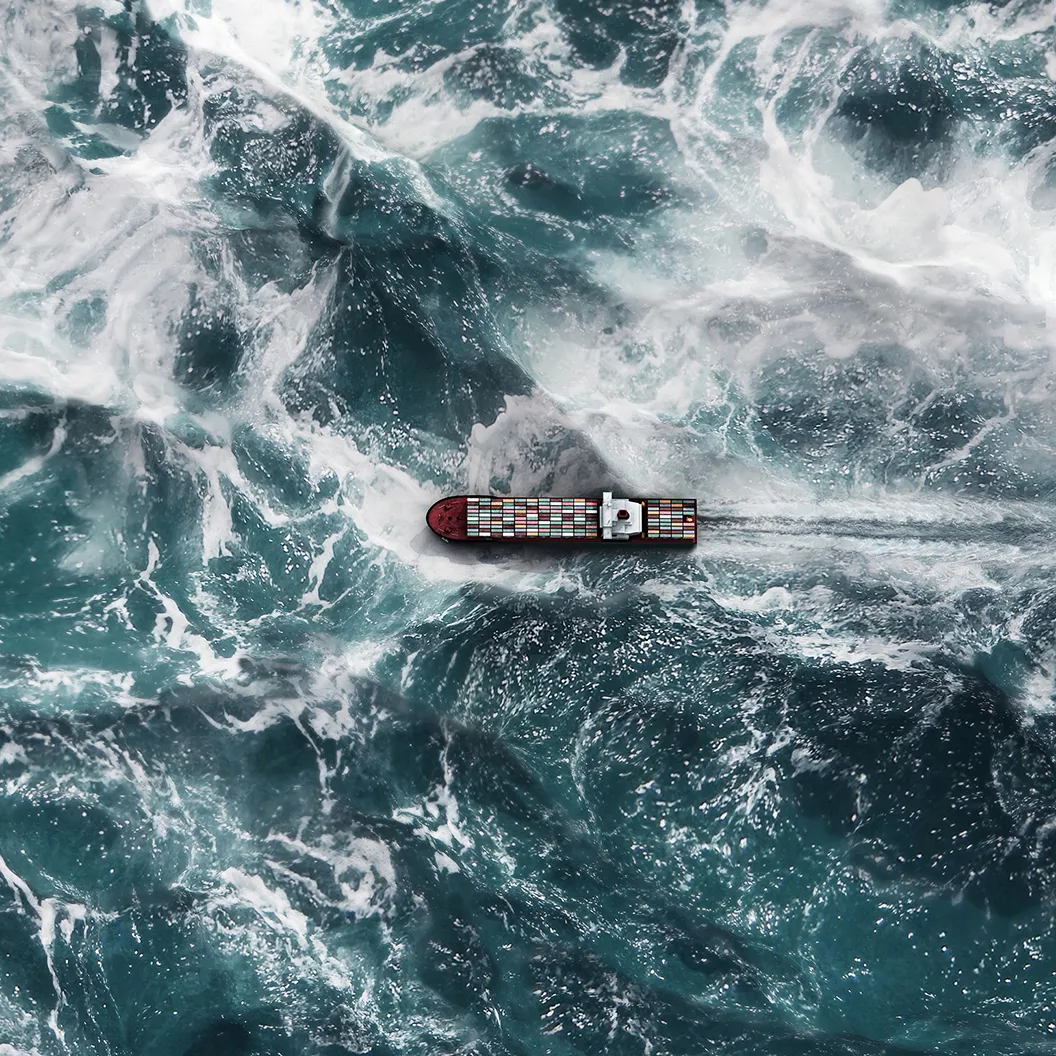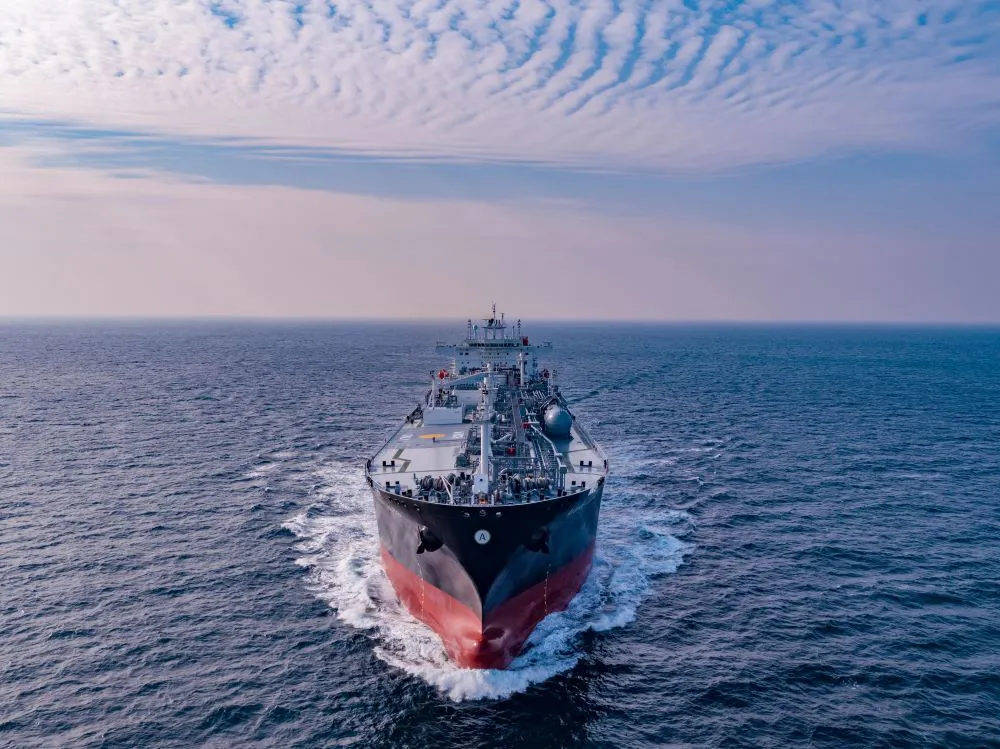
Ammonia and the cuckoo in the nest
At first glance, it appears that ammonia should be enjoying its moment in the spotlight: new production projects are being announced on a regular basis and there is continued strong demand as well as high prices. Plus, the shift towards cleaner production techniques and ‘greener ammonia’ is well underway. Indeed, it is widely acknowledged that ammonia holds a potentially significant position in the drive towards decarbonisation.

What will increased UK carbon storage mean for shipping markets?
UK storage remains relatively underdeveloped at present, with just six UK sites that have had licences granted to date. But all that looks set to change as the number of companies looking to enter the Carbon Capture and Storage (CCS) sector has grown exponentially. Given that storage is the starting place for all CCS projects (no storage, no project!), we are starting to see the development of UK carbon storage facilities that would underpin the region’s ability to cater for an extensive storage infrastructure.

UK carbon storage ambitions ramp up
While a significant amount of work has been put into developing Carbon Capture and Storage (CCS) projects, including Northern Endurance, Acorn, Hynet and South Wales Cluster, UK storage itself remains relatively underdeveloped. This, however, all looks likely to change. Given the exponential growth in the number of companies looking to enter the CCS sector, storage is becoming ever more crucial. After all, no storage – no project!

Carbon Capture and Storage (CCS): What are the shipping requirements?
While data is partly incomplete and occasionally inconsistent, estimates indicate we are emitting over 35 billion mt of CO₂ each year. Currently we are storing only around 0.1 per cent of that, but as decarbonisation grows in importance, so too does the need for comprehensive CCS solutions. In this article, we take a snapshot of existing CCS projects and look at the related shipping solutions required.

Carbon Capture and Storage (CCS): The scale of the challenge
In this article we examine the macro aspects of CO₂, taking a reality check on the scale of carbon emissions, the potential to deal with them, and permanent storage solutions. While global data regarding CO₂ emissions is partly incomplete, and occasionally inconsistent, the estimated figures used in this article provide a valuable, general guide to scale.

Behind the drivers of the growing momentum in Green Ammonia
Demand for ammonia is continuing to grow, driven by a combination of traditional demand and a widely recognised need to reduce carbon emissions. But what are the drivers behind this growth, and do they stand up to scrutiny? In this article, we assess some of the sector’s ongoing opportunities and challenges in order to better understand the potential of the ammonia market.

Green Ammonia: As doubters voice safety concerns, is the sector listening?
The case for ammonia as a marine fuel continues to gain momentum. With support growing, shipowners, producers, traders, engine designers and shipbuilders alike are increasing their efforts to study, design and evaluate ammonia as a future propellant for many types of vessels.

Snapshot: Today’s green ammonia market
In this article we take a snapshot of the current green ammonia market, looking at some of the ongoing issues affecting the sector.

Q3-22 and beyond: What does the future look like for green ammonia?
We previously reported on the surge in publicity related to green ammonia and predictions of significant growth in the ammonia market generally. In this article we examine how realistic these expectations are and share some recent market movements which could prove important going forward.

Liquid CO₂ carriage by sea: Market movements
Ship design for CO₂ carriage is evolving rapidly with yards exploring various ship sizes and different pressure/ temperature capabilities. In this article we examine recent market movements for liquid CO₂ carriage and look ahead at what we might expect as the market matures.

How green is green ammonia?
Japan recently announced ambitious plans to import 3m tons of green ammonia by 2025 and 30 million tons by 2030 for power generation. And analysts are currently predicting an even more significant surge in demand if ammonia is proven to be a viable alternative for marine propulsion. While the drive to reduce carbon emissions with green ammonia is undoubtedly a step in the right direction, it is important to note that the associated production processes and use of ammonia as a marine fuel will not come without issues.

Green Ammonia: A twist in the tale
Russia's recent invasion of Ukraine could permanently change the shape of the ammonia market going forward. In this article, we examine the impact of the ongoing conflict on ammonia markets – both in the short and longer-term.

